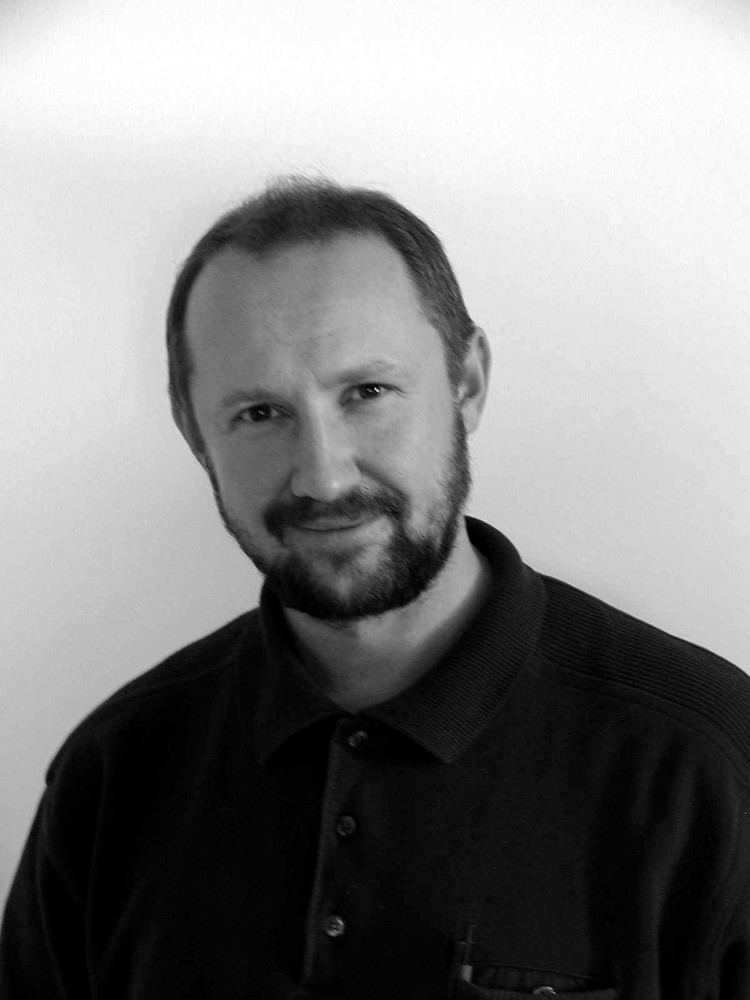Nationality Russia Name Roman Zubarev | Fields Chemist | |
 | ||
Institutions Cornell UniversityUniversity of Southern DenmarkUppsala UniversityKarolinska Institutet Alma mater Moscow Engineering Physics InstituteUppsala University Known for Mass spectrometryElectron-capture dissociation Education Uppsala University, National Research Nuclear University MEPhI | ||
Roman zubarev eschierchia coli growth rate measurements
Roman A. Zubarev is a professor of medicinal proteomics in the Department of Medical Biochemistry and Biophysics at the Karolinska Institutet. His research focuses on the use of mass spectrometry in biology and medicine.
Contents
- Roman zubarev eschierchia coli growth rate measurements
- Roman zubarev interview iii deuterium depletion conference 2015
- Early life and education
- Research interests
- Awards
- References
Roman zubarev interview iii deuterium depletion conference 2015
Early life and education
Research interests
Awards
References
Roman Zubarev Wikipedia(Text) CC BY-SA
